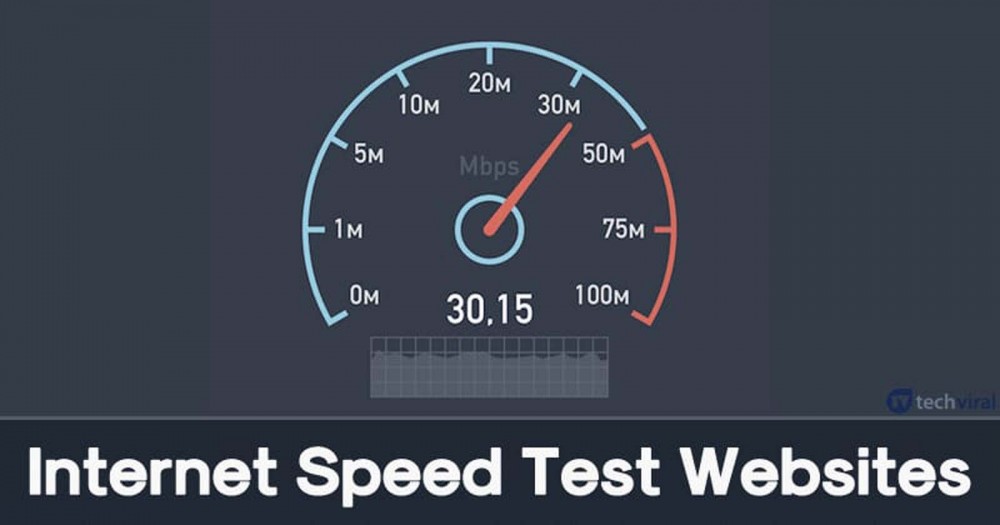
The question, though, is how much speed you’re actually getting from your connection. In other words, your uploads are just as fast as your downloads.īy understanding what kind of internet connection you have, you should have a good idea of how fast your connection should be. It also has the benefit of symmetrical upload speeds.

Fiber is the fastest and most reliable kind of internet service, with speeds ranging from 50 Mbps to 2,000 Mbps (2 Gbps). This isn’t an issue with cable TV, since broadcasts go only one direction, but it can be a problem for some online activities on cable internet.įiber internet connects you to the web via fiber-optic cables. Cable also offers much higher download speeds than upload speeds. Connections are generally shared between neighbors, which means cable networks get congested during peak hours. Cable offers incredibly fast speeds, between 25 Mbps and 1,000 Mbps (1 Gbps), but it also has a few drawbacks. It’s not much faster than satellite and its speed is affected by the distance to your ISP’s central office.Ĭable internet uses copper wires, just like cable TV. The upside is that you can get it almost anywhere in the US, even in remote areas.ĭSL, or digital subscriber line, uses existing telephone networks, but it achieves much higher speeds than dial-up, anywhere from 0.5 Mbps to 75 Mbps. Also, since your signal has to reach a satellite in orbit, it has incredibly high latency. Satellite internet speeds range from 5 Mbps to 25 Mbps. Satellite can give you the broadband speeds necessary to do things like stream video, but it’s still a relatively slow and expensive option. Satellite internet uses a satellite signal to wirelessly connect to your home. It’s usually pretty cheap, but there are much better low-cost options these days. It can’t hit broadband speeds, usually topping out around 50 kbps (only 0.05 Mbps), though depending on the service, it can be much slower. Though some are significantly faster than others, there are also other pros and cons besides just speed.ĭial-up internet is the slowest kind of internet connection and is too slow for uses like streaming video. Most ISPs offer multiple plans with different speeds, but often these plans also use different technologies to connect you to the internet. If there’s one thing that everyone knows about internet speed, it’s that not all connections are created equal. High latency can lead to more buffering on streaming video, but it’s much more disruptive in activities like video chat or online gaming. Latency refers to the time it takes for a signal to be sent from your computer to your service provider and come back. Latency is very different from bandwidth, even though both deal with the speed of your connection. One other important measurement for internet speed is latency, or lag.

For most connections, upload and download speed are usually different, but when you see internet plans advertised by speed, they’re usually focusing on just the download speed. Just as download speed refers to how fast data gets to your device, upload speed refers to how fast information on your device can be sent to some other destination on the internet (like how fast your vacation pictures post to Instagram). Download speed is especially important for uses like watching high-quality video or downloading software. It’s usually measured in megabits per second (Mbps), although really fast connections are measured in gigabits per second (Gbps). (1,000 Mbps = 1 Gbps) Download speedĭownload speed, also referred to as bandwidth, measures how fast information from the internet gets to your device (for example, how fast your Netflix show loads). When speeds get really fast (1,000 Mbps or faster), we talk about them in gigabits per second (Gbps), which is a billion bits per second. Internet connections can handle a lot of this data, so we usually talk about speeds in megabits per second (Mbps), which is a million bits per second. Internet speed is measured in bits (a single binary 1 or 0) per second. What an internet speed test measures What does Mbps mean? Just click on the button below to take our speed test. Testing the speed of your internet connection is easy. We’ll walk you through all the ins and outs of measuring your internet speed and what your speed means for you. This test will measure your download and upload speeds (as well as other information like latency, which you can see if you click on the details), which you can compare to your provider’s advertised speeds.īut there’s more to internet speed than just the numbers. Just download our free, easy-to-use speed test app for quick and reliable results.



 0 kommentar(er)
0 kommentar(er)
